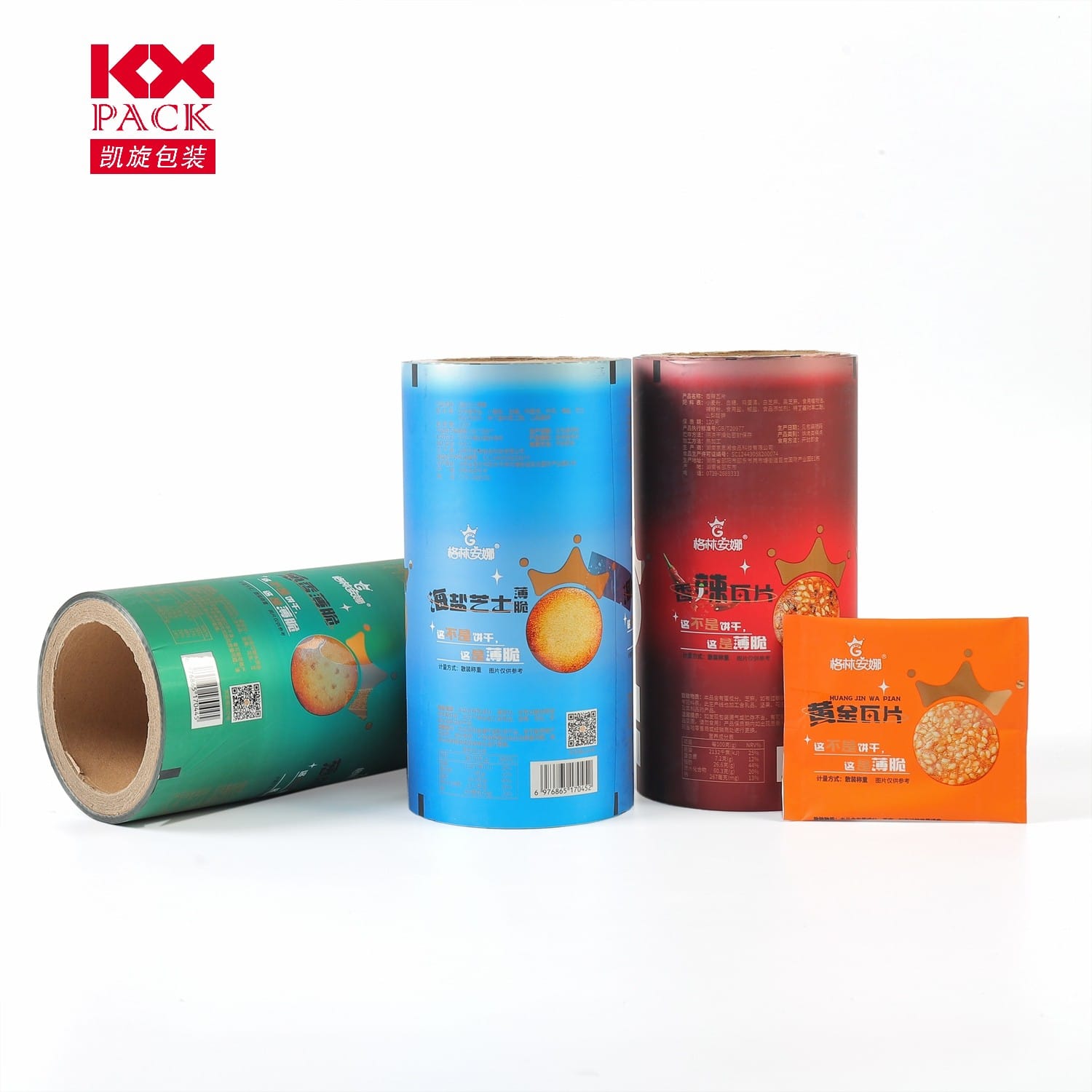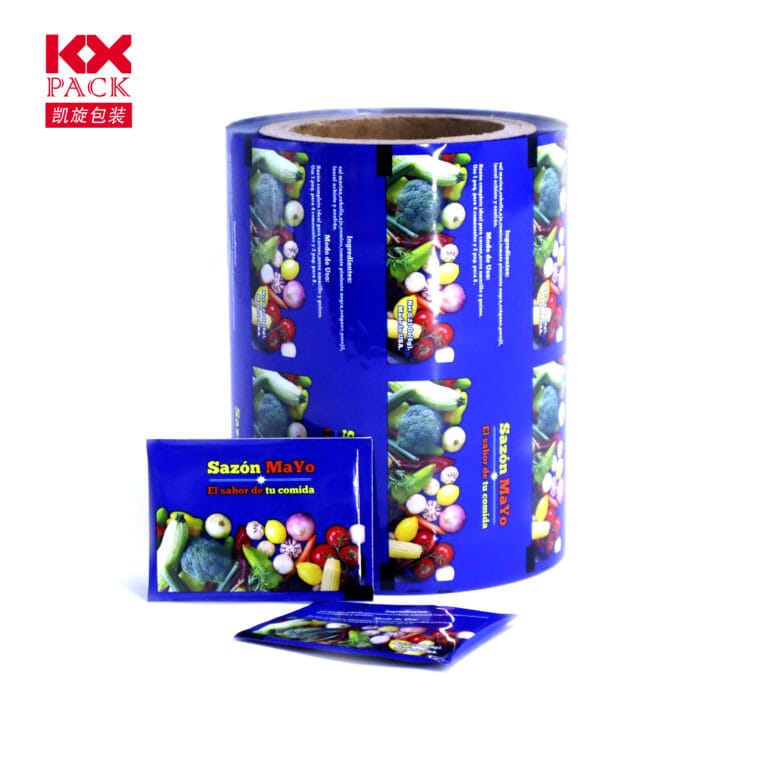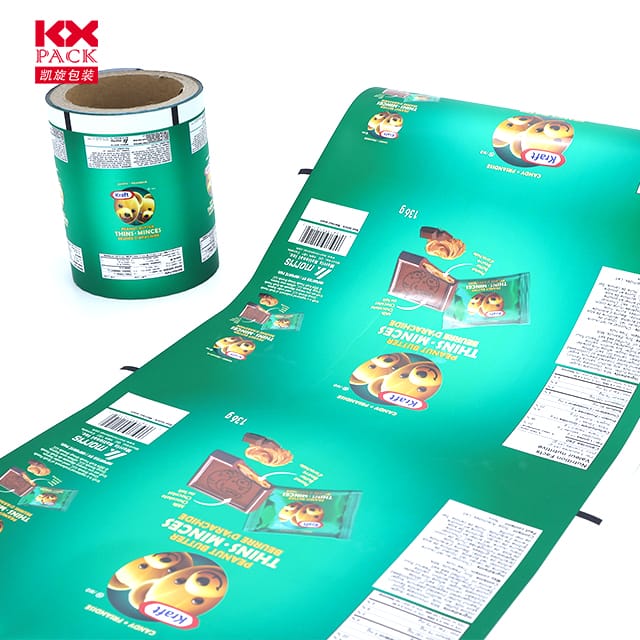Roll Film- ის ჯადოსნური აღმოჩენა: რატომ ანალოგური ფოტოგრაფია მაინც ატყვევებს ციფრულ ხანაში
Roll Film
In an era where smartphones can snap a million photos in a day and filters transform reality with a tap, roll film—the humble medium that defined photography for over a century—is experiencing a quiet renaissance. შორს არის მოძველებული, ფილმის ფოტოგრაფია გთავაზობთ ხელშესახებს, მოფიქრებული, and deeply personal experience that digital tools often struggle to replicate. Let’s unravel the allure of roll film, from its nostalgic charm to its modern-day relevance.
1. What Is Roll Film? A Brief History
Roll film, also known asfilm stock, is a flexible strip of plastic or celluloid coated with light-sensitive emulsion. Invented in the late 19th century, it revolutionized photography by replacing fragile glass plates with portable, easy-to-load cassettes. Iconic formats like35მმ, 120მმ, დაlarge-format sheet film became staples for amateurs and professionals alike, capturing everything from family portraits to war zones.
- 35mm Dominance: By the mid-20th century, 35mm film (popularized by brands like Kodak and Leica) became the gold standard for casual and professional photography. Its affordability and compatibility with compact cameras made it a global phenomenon.
- The Digital Shift: The 2000s saw a steep decline in film sales as digital cameras and smartphones took over. ჯერ, film never truly disappeared—it evolved into a niche passion for enthusiasts craving authenticity.
2. The Art of Deliberation: Why Film Slows Us Down
Unlike digital photography, where shots are endless and instant, roll film imposesconstraints that foster creativity.
- Limited Exposures: A typical 35mm roll holds 24 ან 36 exposures. This scarcity forces photographers to think before they shoot, framing compositions meticulously and waiting for the perfect moment.
- The Element of Surprise: Film must be developed before results are visible. This “blind” process—whether in a darkroom or a lab—adds suspense. A roll might yield hidden gems or unexpected flaws, turning each image into a unique story.
3. The Aesthetic Appeal: Film’s Unmistakable Look
Film’s visual signature is hard to mimic digitally. Grain, color shifts, and subtle imperfections contribute to itsorganic, timeless quality.
- Film Grain vs. Digital Noise: Grain adds texture and depth, especially in black-and-white film. In contrast, digital noise often feels harsh and artificial.
- Color Palettes: Different film stocks (მაგ., Kodak Portra for warm skin tones, Fujifilm Provia for vibrant landscapes) offer distinct color profiles that photographers cherish.
- Light Leaks and Flares: Accidental light leaks or lens flares—once considered flaws—are now embraced as artistic quirks, adding character to images.
4. Roll Film in the Modern World: From Hobby to High Art
დღეს, roll film thrives in niche communities and creative industries.
- Analog Revival on Social Media: Platforms like Instagram and TikTok are flooded with hashtags like #filmisnotdead და #rollfilm, where enthusiasts share scanned prints and darkroom tips.
- Fashion and Fine Art: Brands like Gucci and Prada use film campaigns for its vintage allure, while artists like Sally Mann and Ryan McGinley rely on film for its raw, emotional impact.
- Hybrid Workflows: Many photographers shoot film and scan negatives for digital editing, blending the best of both worlds.
5. The Practical Side: Choosing and Using Roll Film
Getting started with roll film is easier than you might think.
- Types of Film:
- Color Negative Film: Versatile and forgiving (მაგ., Kodak Gold, Fujifilm Superia).
- Black-and-White Film: Offers creative control in development (მაგ., Ilford HP5, Kodak Tri-X).
- Slide Film (E-6): Produces vivid, positive images (მაგ., Fujifilm Velvia).
- Cameras for Beginners: Vintage point-and-shoots (like the Olympus Mju II) or affordable SLRs (like the Pentax K1000) are great entry points.
- Development Options: Local labs, mail-in services, or home darkroom kits (for the adventurous!).
6. Sustainability and Sentiment: Why Film Matters Today
In a world obsessed with instant gratification, roll film offers a counterbalance.
- Eco-Friendly Appeal: Film cameras often outlast digital ones, reducing electronic waste. Processing chemicals can be harmful, but eco-conscious labs now use greener alternatives.
- Mindful Living: The slow pace of film aligns with mindfulness trends, encouraging users to savor experiences rather than document them endlessly.
დასკვნა: The Roll Film Revolution Isn’t Over—It’s Just Beginning
Roll film isn’t a relic of the past; it’s arebellion against the disposable. In an age where every moment is captured but rarely remembered, film photography invites us to engage deeply—to feel the weight of a camera, to wait for results, and to treasure imperfections.
ასე, the next time you reach for your phone, consider loading a roll instead. You might just rediscover the joy ofseeing the world through a different lens.
Have you shot roll film lately? Share your favorite rolls or cameras in the comments! 🎞️✨
საკვანძო სიტყვები: roll film, analog photography, film photography, 35mm film, film camera, darkroom, vintage photography, sustainable living.







